Japanese Knives and Their Proper Handling
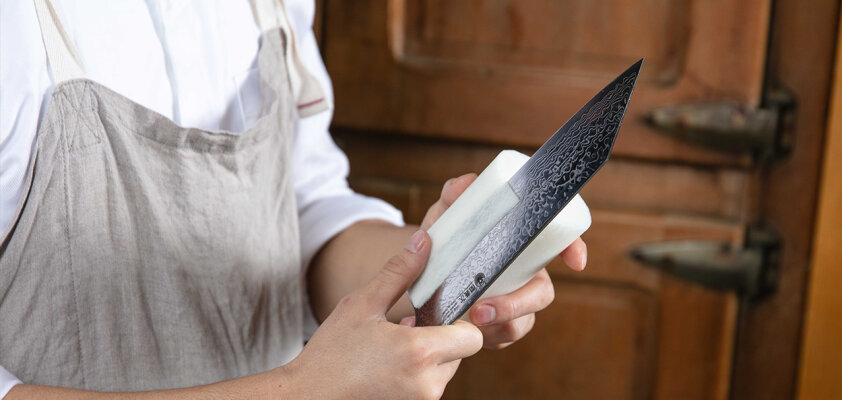
Japanese knives are globally renowned for their incredible sharpness. These high-quality kitchen tools impress not only with their blades but also with the unique character bestowed by the various blade shapes designed for different applications and the traditional craftsmanship. It's no wonder they have found their way into the kitchens of both Western professional chefs and home cooks. The art of forging knives has a history of over 2,000 years and is deeply rooted in Japan's culture. The knowledge acquired by forges and manufacturers over centuries still thrives in Japanese knives today, reflecting their exceptional quality.
The various cutting techniques at a glance
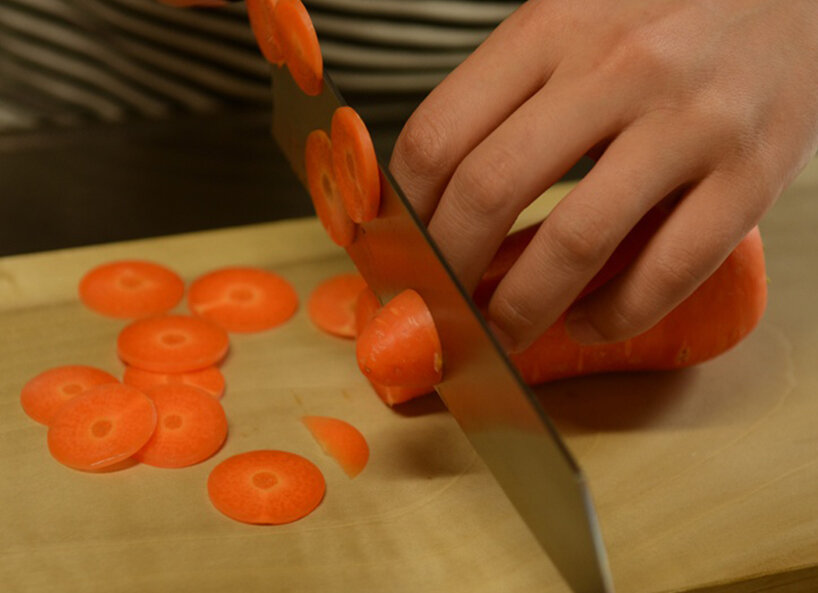
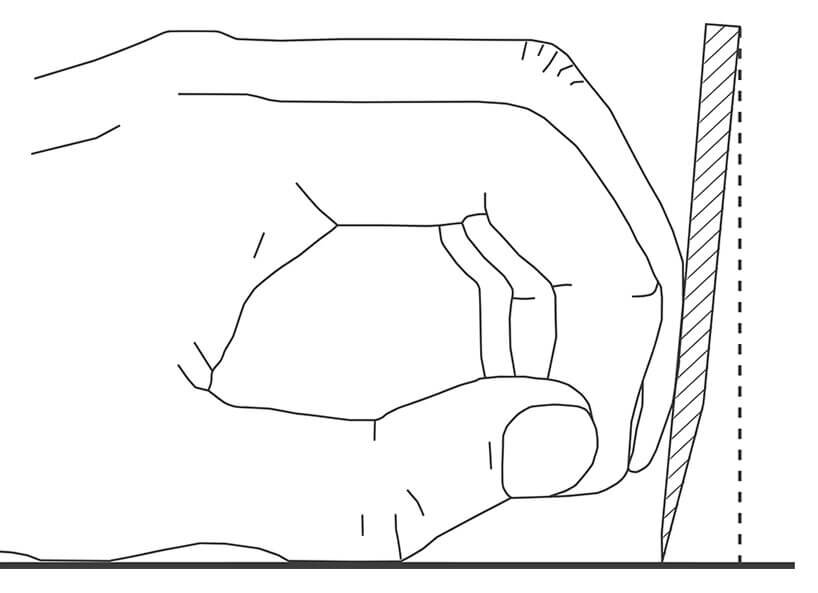
Soft foods such as meat, fruits, etc. are best divided with a slicing motion because an extension of the cutting line reduces resistance. To remove the inner parts of fruits and vegetables, it is recommended to use the rear cutting edge. The food is rotated, and the removal becomes effortless.
For those who frequently fillet fish and prepare sashimi, it is important to focus on a slicing motion when using the knife. A sashimi knife has a long and pointed blade designed to make precise cuts through fish and meat with a slicing motion.
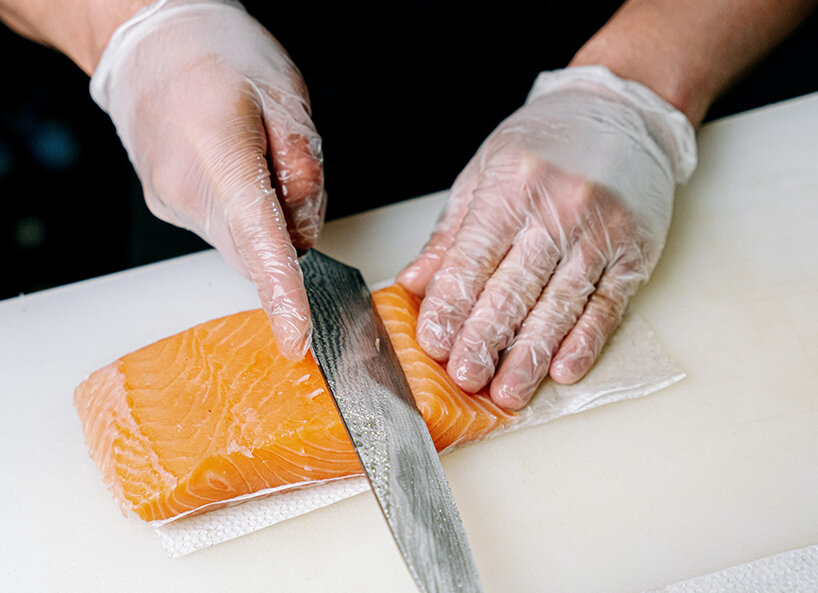
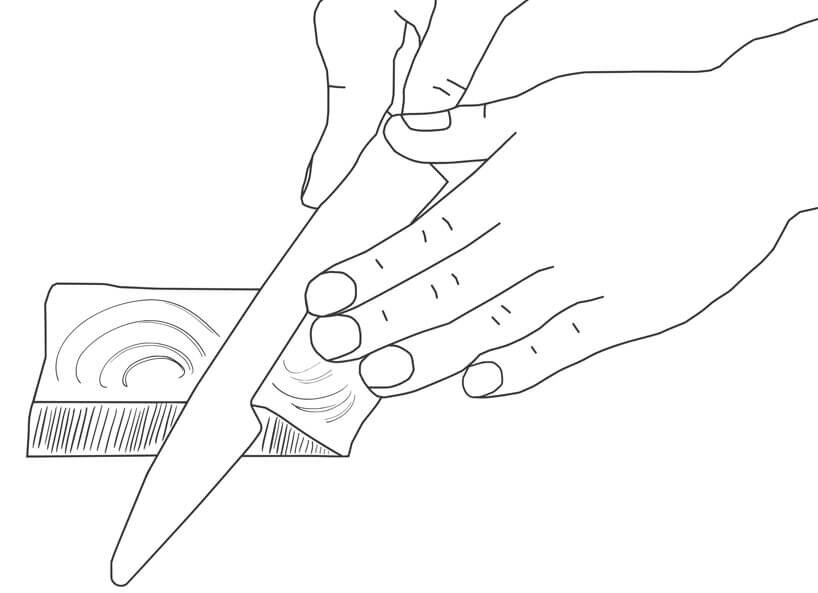

But be cautious: The blade is guided towards the fingers in this technique. Due to the risk of injury, this cutting method is recommended only for experienced users.
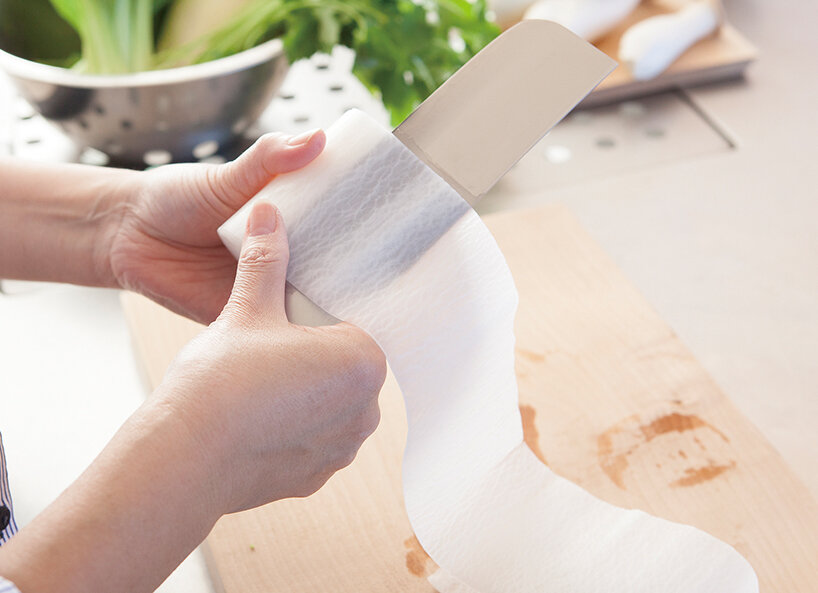
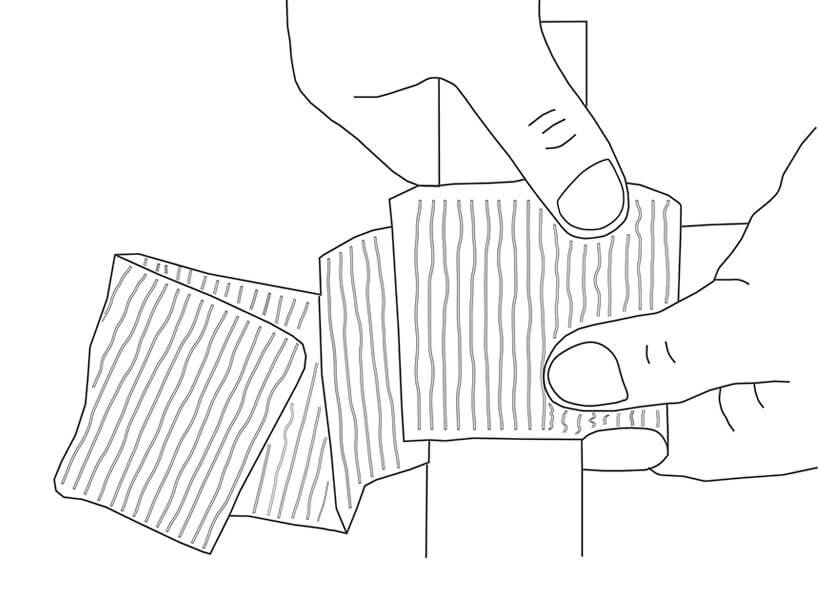
How to properly handle Japanese knife blades
Japanese knives, due to their thin blades, are somewhat sensitive to breakage, so a clean cutting technique should be aimed for, and levering or squeezing should be avoided. Also, cutting through bones or other very hard foods can lead to blade damage or faster loss of sharpness. Therefore, it is important to choose the right type of knife for each cutting task.
For those who want to break small poultry bones or fish bones, a Japanese cleaver (Hōchō), the Deba knife, is recommended. It is mainly used for cutting ingredients like fish, chicken, and even beef. Despite its name and its use in the kitchen, it should not be used by "chopping" or "hacking." Applying pressure on the back of the blade with the palm of the hand is enough to press the edge through the ingredients.
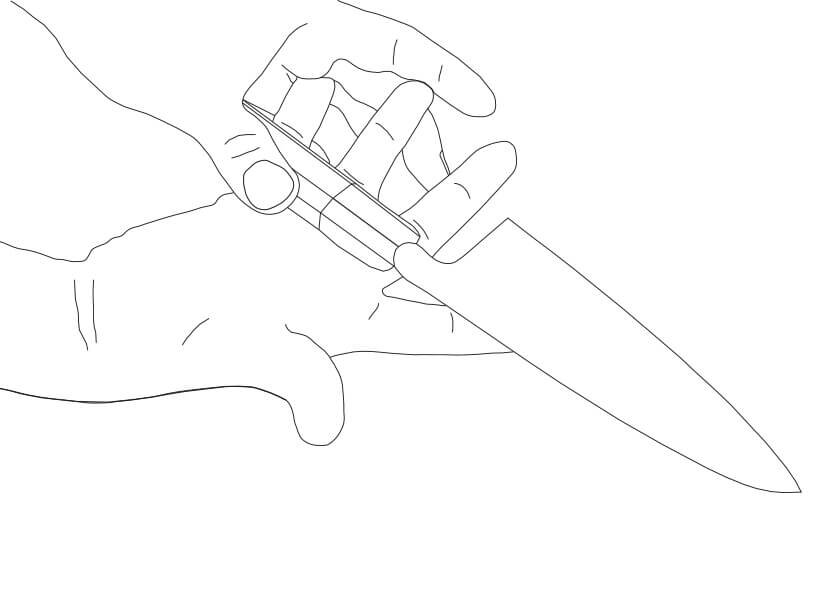
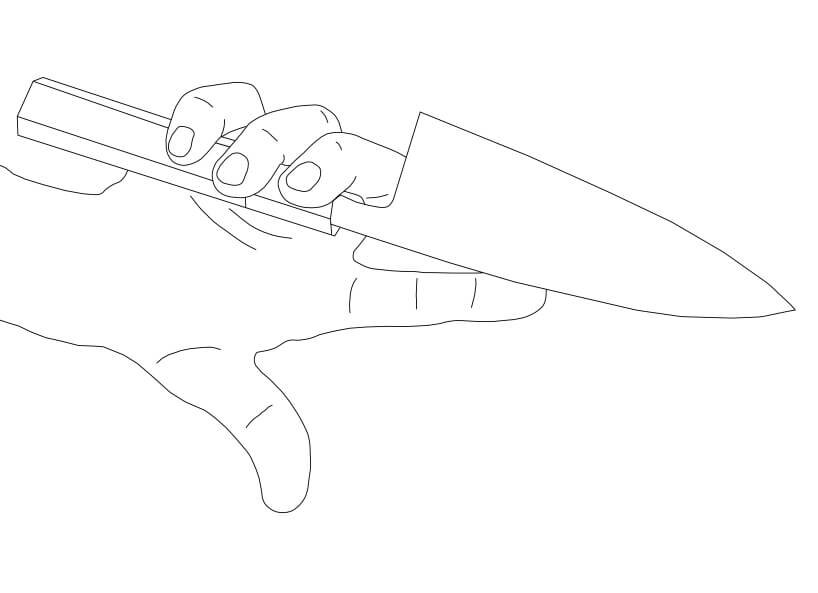
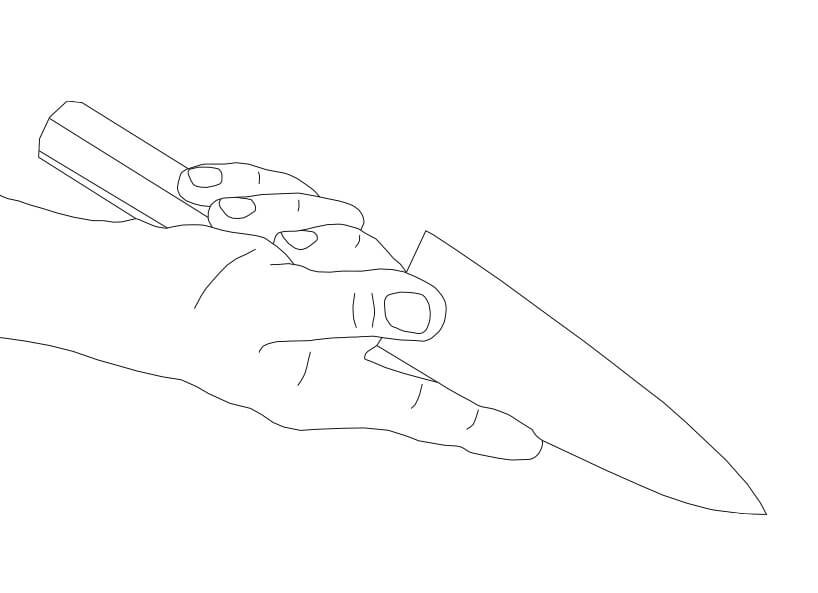
The correct Deba knife handle
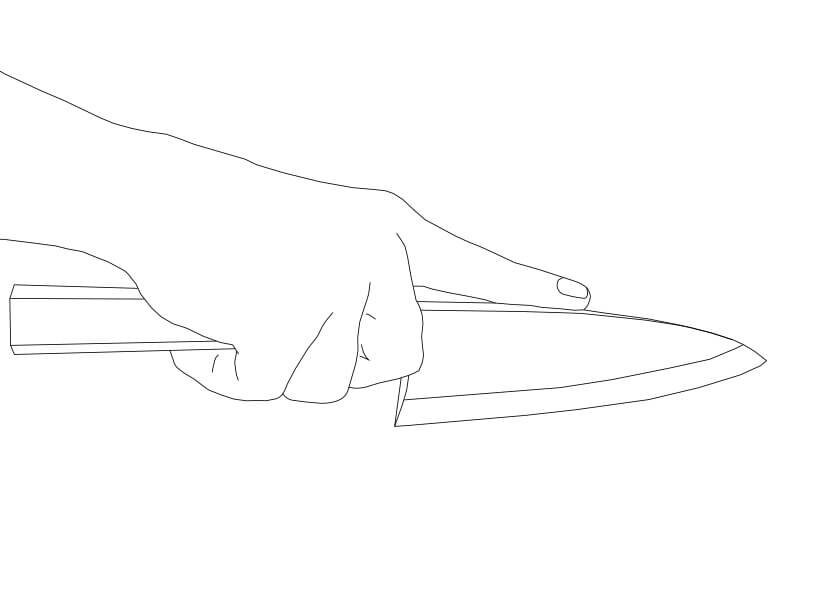
Furthermore, cutting boards made of porcelain, marble, glass, or hard plastic should be avoided to preserve the longevity and sharpness of the blade. To remove cut ingredients from the board, it is recommended to turn the knife and use the back of the blade. The cutting edge should not be used for this purpose, as it may affect the sharpness of the blade.
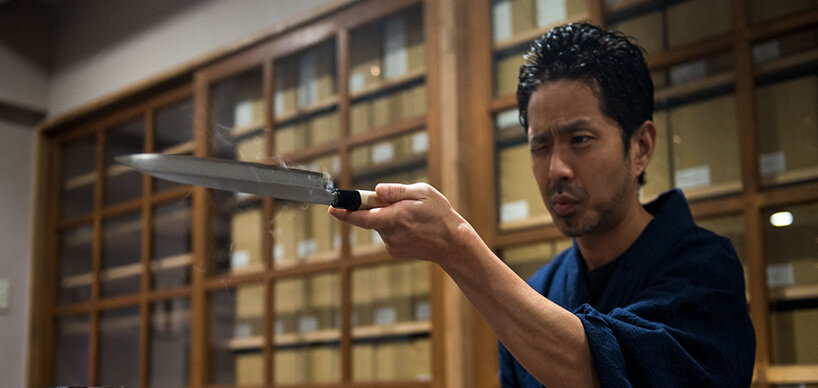
Store kitchen knives correctly and sharpen them regularly
To prolong the joy of using a handmade Japanese knife, it is advisable to adopt some care and cleaning rituals. Especially after contact with acidic foods, the knife should be thoroughly rinsed with water and dried before storage. Professional chefs store their kitchen knives in knife blocks or wrap them individually in cloths. Specifically designed knife roll bags or a fitting leather blade guard are also suitable for storage and secure transport of these treasures. Contact with other cutlery and metallic kitchen tools should be avoided to prevent potential damage. Depending on the frequency of use and the blade steel, even the best Japanese knife needs to be sharpened. Water sharpening stones with different grits are suitable for this purpose. However, honing steels or mechanical sharpening devices are not suitable for sharpening high-quality blades. You can find a guide on how to sharpen Japanese knives here.

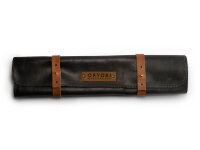
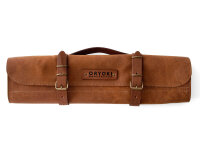
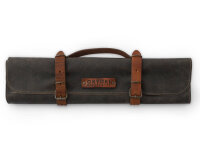
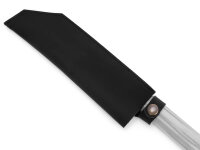
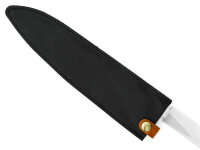
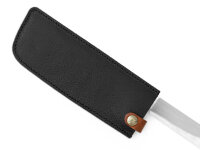
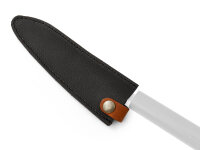
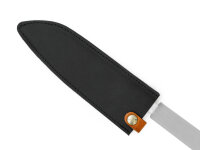










-from-the-yakiyaki-grill-pan.jpg)




